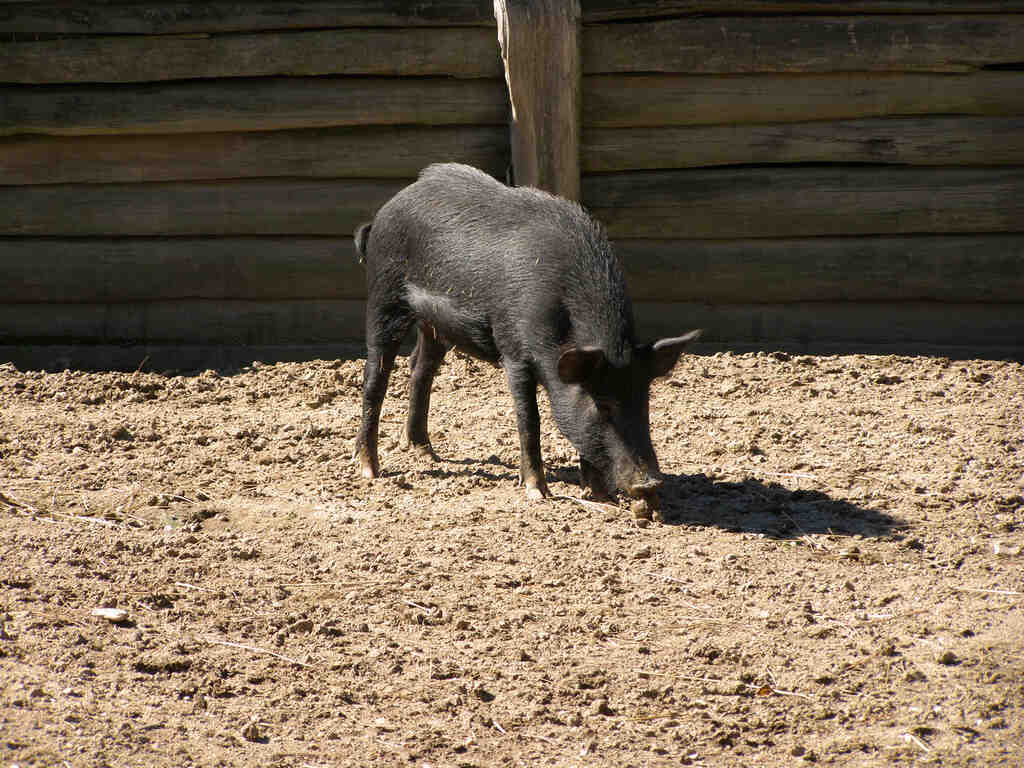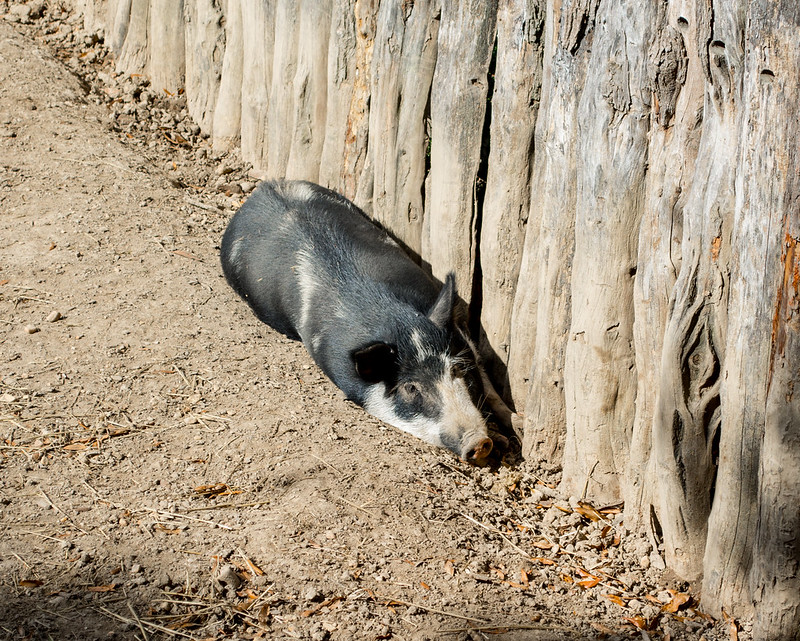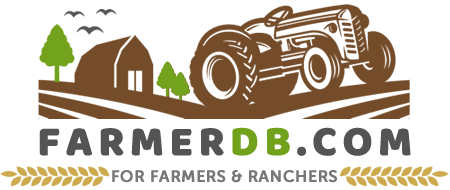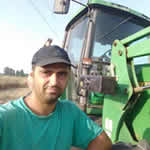The Ossabaw Island Hog is a feral breed that originated from domestic pigs brought to Ossabaw Island, Georgia, by Spanish explorers in the 16th century.
Over time, these pigs adapted to the wild, developing unique traits suited for survival. Nowadays, the majority of these hogs still live on the island.
The breed is considered critically endangered, even though some have been bred on farms off the island.
Contents
History
The Ossabaw Island Hog has a long history that goes back to the 1500s when Spanish explorers brought domestic pigs to the southeastern coast of North America.
Without human control, these pigs adapted to the island’s harsh conditions over centuries, changing in size, behavior, and appearance.
With limited food, they grew smaller than typical farm pigs and developed a higher fat content to survive during food shortages. They learned to find food on their own, eating roots, fruits, and even small animals when necessary.
For hundreds of years, the pigs stayed on the island, isolated from other breeds. This made them one of the purest descendants of the early Spanish pigs brought to North America
Controversy
The Ossabaw Island Hog is at the center of an ongoing controversy due to its status as both a threat to the island’s ecosystem and a unique historical breed worth preserving.
The island is now owned by the State of Georgia and managed by the Georgia Department of Natural Resources (DNR), which sees these pigs as a danger to native wildlife.
DNR officials believe that Ossabaw hogs harm the island’s fragile ecosystem, particularly by threatening species like the loggerhead sea turtle and the snowy plover.
The pigs dig up nests, disturb natural habitats, and compete with native animals for food. Because of this, the DNR has actively worked to reduce their population, using different methods, including controlled removals and population control programs.
At the same time, conservationists and heritage breed advocates argue that the Ossabaw hog is a rare and valuable genetic link to early Spanish livestock. They see these pigs as an important part of American history and believe that their population should be preserved rather than eliminated.
The debate continues between environmental protection efforts and the need to save this culturally and historically significant breed.

In a desperate effort to preserve the Ossabaw Island Hog, some individuals and organizations removed a number of hogs from the island to raise them in controlled environments.
Today, universities, zoos, and farms actively raise Ossabaw hogs to maintain their genetic line (see refs.). They can be found at locations such as Mount Vernon, Colonial Williamsburg, the National Colonial Farm at Piscataway Park in Maryland, Conner Prairie Interactive History Park in Indiana, and Barrington Living History Farm in Texas.
Ossabaw Island Hog DNA
Despite the fact that historians agree that Spanish explorers introduced this breed, new DNA research reveals a more complex history.
Studies show that these pigs likely came from the Canary Islands, a major stop for Spanish and Portuguese explorers traveling west.
By analyzing mitochondrial DNA (mtDNA), which passes only from the mother, researchers discovered that Ossabaw Island hogs share a closer genetic link to Canary Island pigs, which carry Asian influences. In contrast, Spanish pigs show only European ancestry.
For now, the origins remain under investigation, as further studies and research are needed to fully trace them.
Characteristics
Color
These pigs come in a variety of colors, including black, red, tan, gray, and some with spotted patterns. The majority of them are solid black.
Head
These pigs have a heavily built head that is well-proportioned to their body, with a slight dish.
Nose and Eyes
The nose is long and narrow, while the eyes are small, dark, and highly alert.
Ears
Their ears stand erect, face forward, and are fully covered with short hair.
Body
The body is well-rounded, oblong, and free of fat rolls

Legs
The legs are short, robust, and directed forward, while the toes are equally spaced.
Size
This breed is small in size, with a height of less than 20 inches (50 cm).
From a scientific perspective, they display ‘insular dwarfism,’ a phenomenon where animals become smaller due to adaptation to isolated environments. Some even refer to them as a miniature pig breed.
An interesting fact about these pigs is that their size changes in captivity, where they grow larger than they do on the island due to better nutrition and the absence of natural survival pressures.
Lifespan
These pigs can live for 15 to 20 years on the island and even longer in captivity.
Some believe they developed this trait due to centuries of isolation. Regardless of the reason, the simple truth is that they have a long lifespan.
Growth Rate
Growth rate
They are slow growers, but what makes them unique is the way they gain weight compared to other domestic pig breeds.
Their fat storage is an adaptation to the island environment, where food availability fluctuates between abundance and scarcity. To survive during food shortages, their bodies store more fat, exceeding domestic lard pigs.
This fat accumulation is linked to a ‘thrifty gene,’ which prevents their bodies from producing insulin.
As a result, the same intramuscular fat that helps them endure harsh winters also makes them susceptible to developing Type 2 diabetes under certain conditions.
This inability to produce insulin and their susceptibility to diabetes make them a valuable model for various studies on metabolic syndrome and Type 2 diabetes in humans.
Weight
A mature Ossabaw Island hog weighs less than 200 lbs (90 kg).
Slaughtered time
The ideal slaughter age for this breed ranges from 15 to 24 months, but some suggest waiting until 36 months to develop rich, marbled meat valued in high-end charcuterie. Their carcass weight is also much lower than that of most other pig breeds.
Temperament
On the island, these pigs are skittish, cautious, and become aggressive when followed. They will do anything to avoid human contact.
The ones raised in captivity are friendly and curious. They also exhibit higher intelligence, making them trainable.
Their natural foraging behavior remains strong, and they are constantly searching for food. They are more active and energetic than commercial pig breeds.
Even in captivity, they can be highly alert to new things in their environment, so it’s always best to approach them with caution.
Meat
Ossabaw Island Hog meat is premium and highly appreciated by chefs.
Its marbling and fat content make it one of the top-tier meats.
The meat has a good meat-to-fat ratio, with the fat being particularly unsaturated, containing omega-3 fatty acids and oleic acid, also found in olives.
This unsaturated fat is so soft that it melts at room temperature, adding a rich, porky flavor to the meat.
Ossabaw meat also contains a high amount of vitamin D, making it healthier than other meats.
Chefs use this meat to create cured products like charcuterie and to roast whole pigs, as the fat melts quickly during cooking, infusing the meat with deep flavor.
Raising
Feeding
If you choose to raise them, you must offer them a diet similar to what they would have in the wild to maintain a good meat flavor.
You can include the following in their diet:
- Grass and vegetation
- Roots and tubers
- Acorns, hickory nuts, and walnuts
They can gain 30%-40% of their body weight in fat from consuming acorns and hickory nuts during the winter.
- Fruits like apples, pears, berries, and vegetables like pumpkins, carrots, and sweet potatoes.
Because they can put on fat more easily, it is recommended to monitor their food intake to prevent obesity.
Environment, Shelter, Fencing
When it comes to the environment, shelter, and other necessities for raising them, you must create a space that mimics some of the conditions found on the island while also ensuring a controlled environment.
- First, these pigs need plenty of space to forage and roam. They are natural explorers, which allows them to feed themselves and burn off their high energy.
- A sturdy fence is essential. The best option is an electric fence that keeps them contained and protects them from other animals. The fence should also be tall enough to prevent escapes.
- A simple shelter is necessary to protect them from harsh weather. In colder months, adding straw or hay bedding will make them more comfortable.
- Lastly, fresh, clean water must always be available to keep them hydrated.
Breeding
Ossabaw Island Hogs begin reproducing at six months old, with a gestation period of about 115 days (four months). Sows give birth to two litters a year, each containing 8-12 piglets. They are good mothers, nursing their piglets for several weeks and ensuring they are well-fed.
Health Issues
This breed has specific health issues that should be considered when raising them, including metabolic issues and nutritional deficiencies.
- Type 2 Diabetes
- Fat storage
- Nutritional deficiencies if their natural foraging diet can not be fully replicated in a farm or captive environment
- External and internal parasites
- Osteoarthritis or joint issues
Advantages
- High-quality meat
- Self-sufficient foragers
- Healthier fat composition
- Hardy and resilient
- Good litter size
- Great mothering skills
- Long lifespan
Disadvantages
- Slow growth rate
- Large Space requirements
- Higher maintenance
- Susceptible to diabetes
- Hard to contain
- Need a lot of space
- Difficult to find
- Destructive foragers, damaging soil and plants
References
Do you have any experience with the topic discussed here?
Would you like to improve the information shared and contribute your practical knowledge on the subject?
Your real-world experience as a farmer or rancher could greatly benefit other members, and the community would deeply appreciate your contribution.


